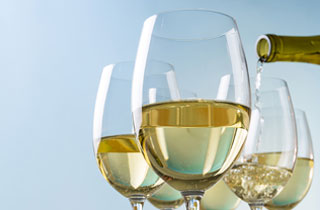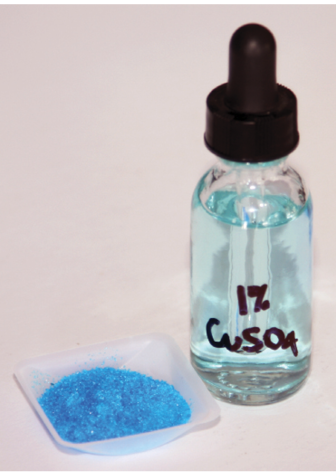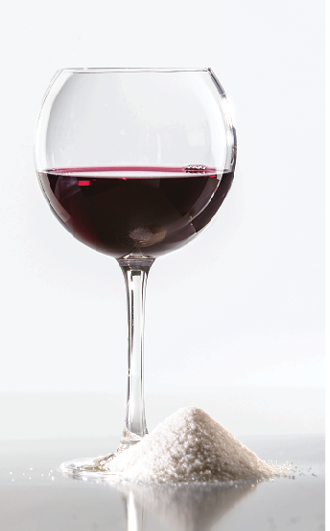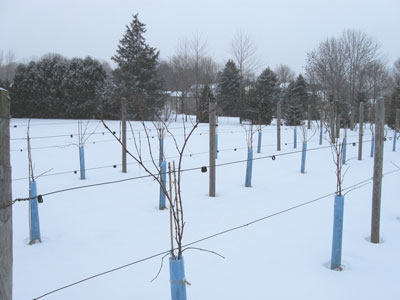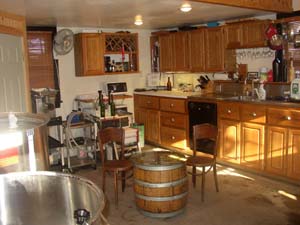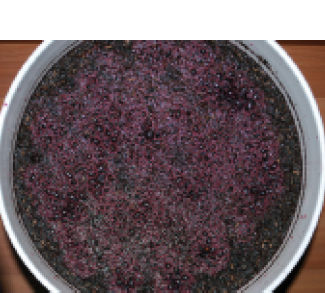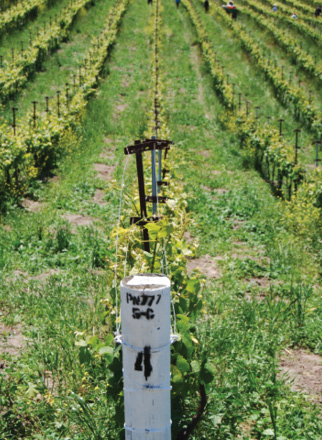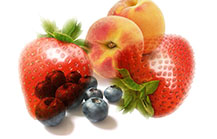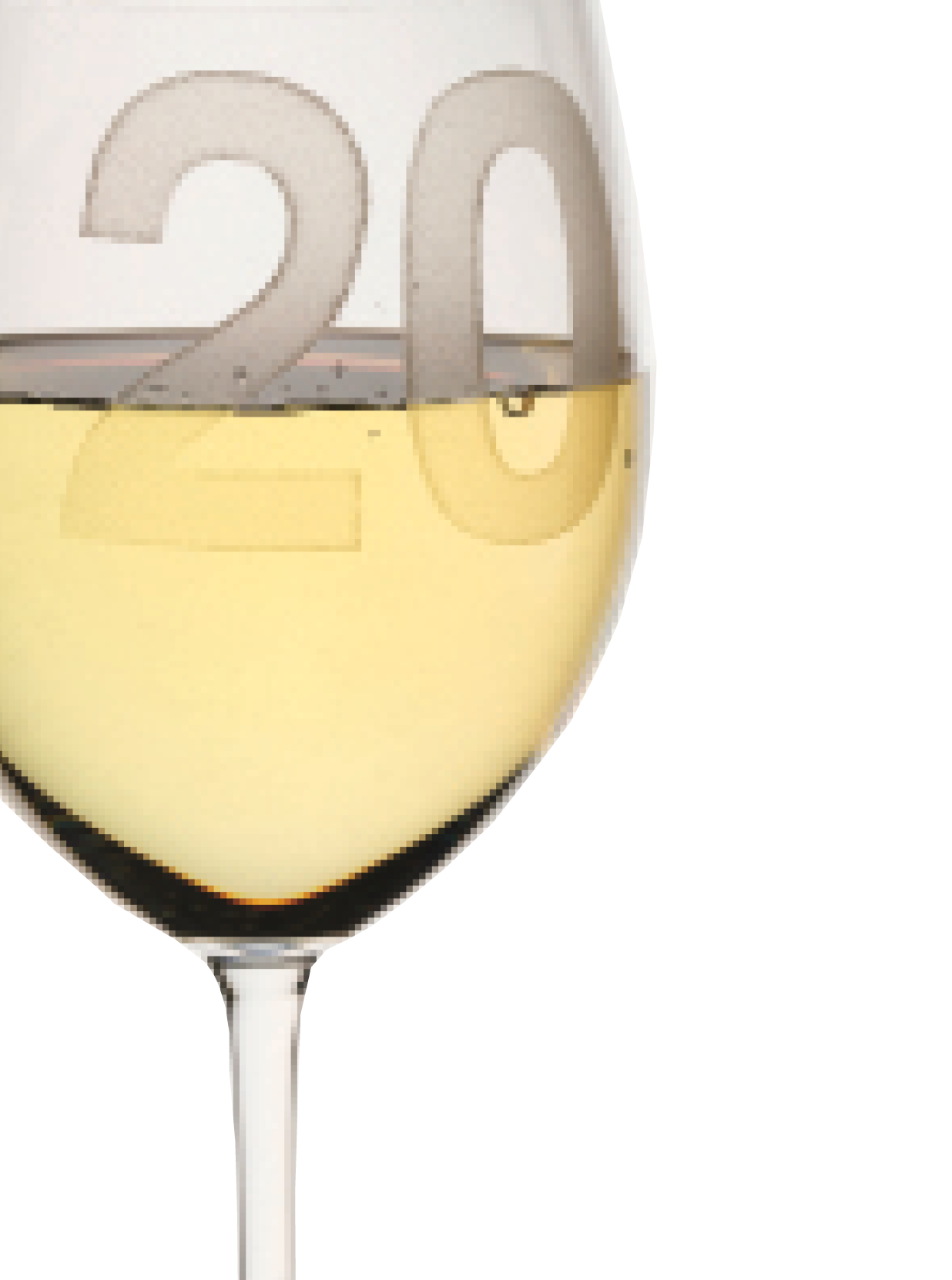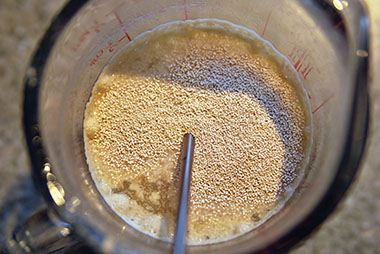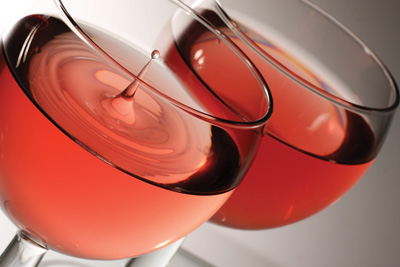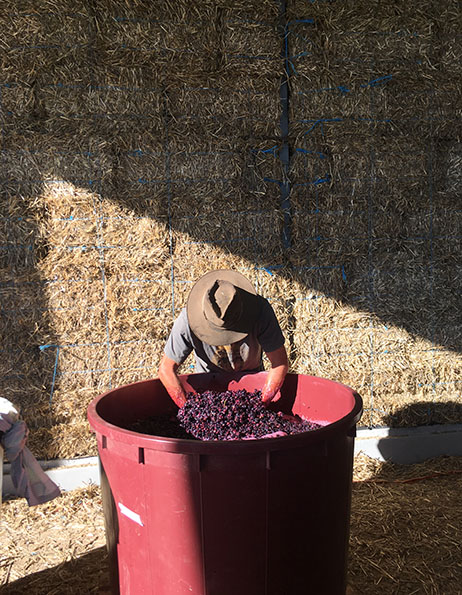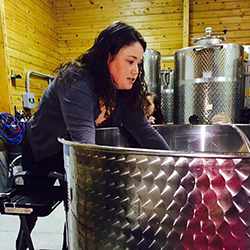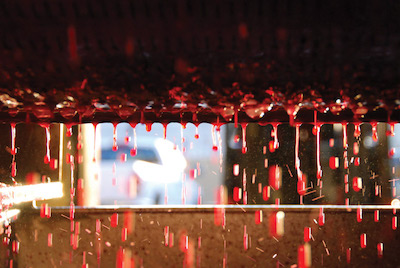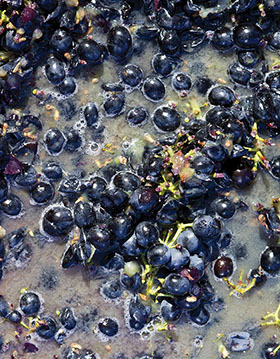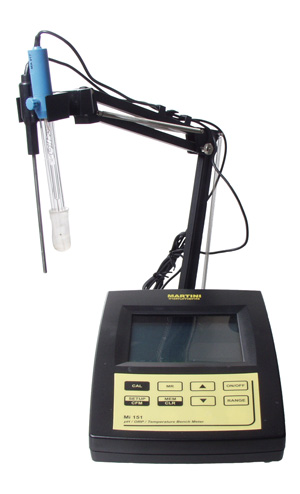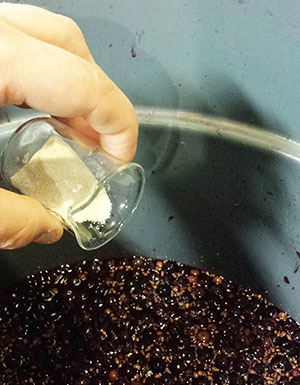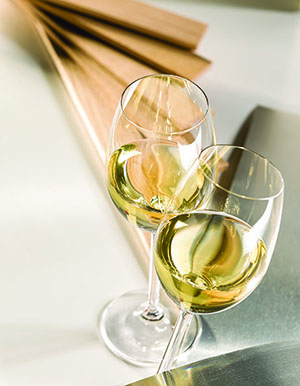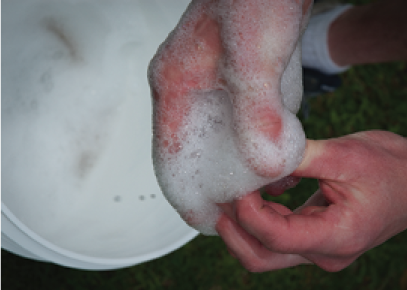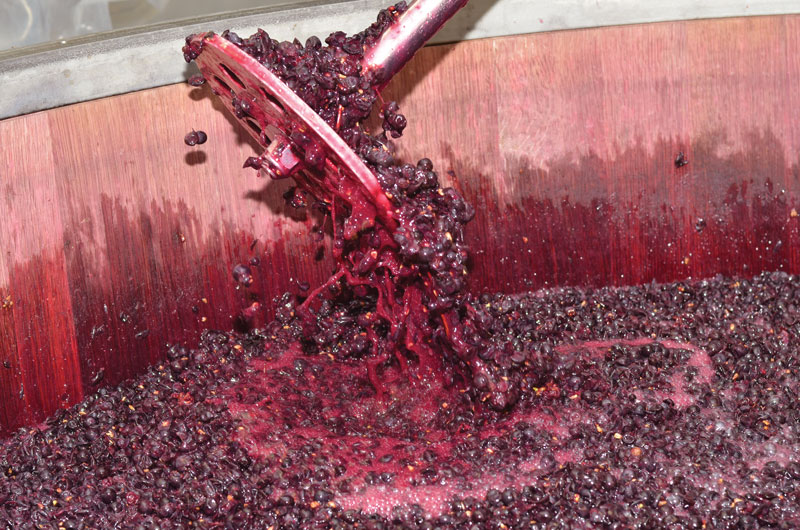Techniques
Controlling Brettanomyces: Tips from the Pros
Brettanomyces has been known to take hold of wines —and entire wineries — destroying countless hours of hard work that was put into creating these wines. However, there are also regions in
Making White Wines from Red Grapes
As I started working on this story, a surprising question occurred to me: “What makes wine white?” “The color” seems obvious when you look at a restaurant wine list or walk up
Making Wine from Stone Fruit: Tips from the Pros
Stone fruits (those with pits like cherries, peaches, plums, etc.) are generally off-dry to sweet wines that are easy to enjoy on a warm summer evening. Two pros share advice on making
Volatile Sulfur Compounds and Hydrogen Sulfide in Wine
If you have ever encountered volatile sulfur compounds in wine, of which hydrogen sulfide is the most common, you know how repulsive the smell can be. Learn the causes and solutions.
Degassing Wine Techniques
Sure, some wines are supposed to be carbonated, but most aren’t. To avoid unwanted bubbles in your table wines, you need to degas your wine. Learn how, and when, to do it so you never pour an unexpected bottle of fizzy wine again.
Making Off-Dry White Wine: Tips from the Pros
There is a lot more to off-dry wines than what you may perceive from mass-produced discount bottles from the supermarket. A little sweetness with balanced acidity can add complexity and create a
Sugar and Acid Wine Adjustments
We’d all love to make wine from the perfect grapes picked with ideal sugars, acidity, and pH. Unfortunately, often due to reasons beyond our control, that is not always how grapes arrive at the home winery. In that case, the winemaker has a number of decisions that must be made.
Cold-Climate Grape Growing: Tips from the Pros
Even the most ideal climates for growing grapes face certain hardships, but growing vines in colder climates definitely have more than their share. Get tips on what to grow and what precautions
Home Winemaking Quality Control
When the editors at WineMaker suggested quality control (QC) for a story, I was delighted to take it on. I have a long personal and professional history with QC and it infuses
Winemaking Outside of Harvest
Lots of home winemakers concentrate their efforts in the harvest months using seasonally available just-picked wine grapes. But sometimes a home winemaker wants to do something else. Maybe you didn’t make enough wine in harvest season. Or maybe you just want an adult beverage that doesn’t line up with the local seasons. Whatever the motivation, there are several techniques for out-of-season wine.
Matching Wine Style to Vineyard Site
Evaluate the specific aspects of your vineyard site to determine the best wine style to grow on your property.
Using Enzymes in Country Wines
Country fruit wines can be quite difficult to achieve the desired color, aroma, and clarity levels. Here is a look at the various enzymes typically used in grape winemaking that can also be used in fruit wines.
20 Home Winemaking Troubleshooting Tips
In a notebook of fermentation hobby records, I have a lab report dated November 3, 1998. That soil pre-plant analysis from Fruit Growers Laboratory marked my start 20 years ago in becoming
Fortifying Fruit Wines: Tips from the Pros
With the popularity of Ports, Madeira, Sherry, and even vermouth, fortified grape wines seem to get all the attention. But country fruit winemakers can get in on the fun as well. There
Special Purpose Wine Yeasts
Yeast are fairly simple, single-celled organisms. But their diversity, functionality, and ability to adapt is why humans, and especially winemakers love these fungi so much. Bob Peak takes us through several strains that winemakers should know are available.
Making Rosé Wine: Tips from the Pros
For too long, rosé remained cast under the shadow of overly sweet and one-dimensional White Zinfandels. But the surge of popularity in North America has removed the myth that rosé wines are
Wines, Naturally
Many wine experts are skeptical about natural winemaking techniques. Here we define and explore organic, biodynamic, and natural winemaking so you can form your own opinion.
Home Wine Lab Testing: Tips from the Pros
Laboratory equipment for winemakers can be fiscally daunting, especially for beginning winemakers. That doesn’t mean that vital testing should be avoided. We asked two experts about ways to optimize your experience with submitting samples for analysis.
Impact of Oxygen on Winemaking
Oxygen’s presence or absence at the various stages of winemaking can have extraordinarily important and lasting effects on what our wines taste like. Too much and you risk oxidation damage, too little and you risk reduction stink. The effects of oxygen on wine, much more so with red wines, may be the most complex and least understood part of the winemaking process.
Wine Grape Cold Soaking Success
Cold soaking proponents believe that wines made utilizing a cold soak are more complex and fruit-forward, and exhibit improved color retention. By soaking their grapes at lowered temperatures for a period of time, they can extract anthocyanins (color), aromatics, supple tannins, improved mouthfeel, and flavor compounds more effectively than is thought to be possible with conventional methods.
Monitoring & Adjusting pH
pH greatly affects the taste of wine as well as microbial stability. It can make the difference between drinking the wine or pouring it down the drain. Make sure you know when it should be analyzed and make the necessary adjustments.
Enzymes for Hobbyists
When pioneers of winemaking like Louis Pasteur or André Tchelistcheff are mentioned, James B. Sumner is often overlooked. Nonetheless, this Nobel-prize-winning chemist (1946) set in motion the entire scientific field for today’s
White Wine Case Study
Take a closer look at the impact ripeness, yeast selection, oaking, enzymes, and other winemaking decisions has on the final wine.
Using Yeast Nutrients
One of the most important conditions for your yeast to thrive is an abundance of nutrients. If the must doesn’t provide enough naturally, it’s time to add yeast nutrients. Use these tips to know when it’s time to add nutrients, and what types your yeast need to complete a successful fermentation.
Cleaning & Sanitizing Techniques
“They can make the difference between sound wine and spoiled wine.” Daniel Pambianchi Daniel Pambianchi was talking about cleaning and sanitizing when he put that maxim in Techniques in Home Winemaking. Home
